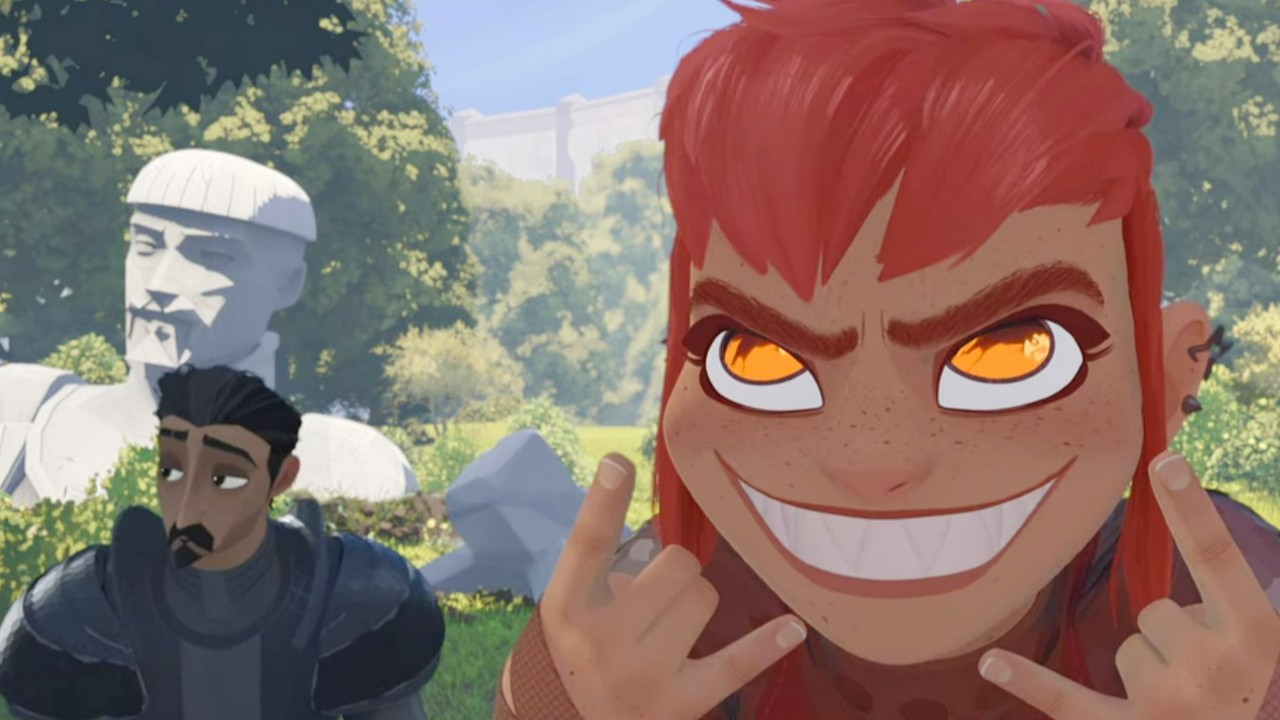
The Nimona adaptation is one of those rare movies that is very different from the source material but offers the same enjoyable experience. This Netflix movie and the graphic novel are entertaining works of art that have their own unique identity. While the original is a lot edgier than the movie, the film has more of a mass appeal, but both tell the story of a deep bond that develops between individuals who are rejected by society. The adaptation may not have the exact same elements as the graphic novel but it’s just as captivating.
In fact, I think the novel and film are successful because they aren’t copies of each other, as they approach the same story in different ways. I think their differences are what makes them both appealing, and I believe that the adaptation improves on some aspects of the story.
Let's discuss some of the differences between the Nimona adaptation and the graphic novel, and why I like these changes.
Warning: Nimona movie and graphic novel spoilers are ahead. Proceed with caution.
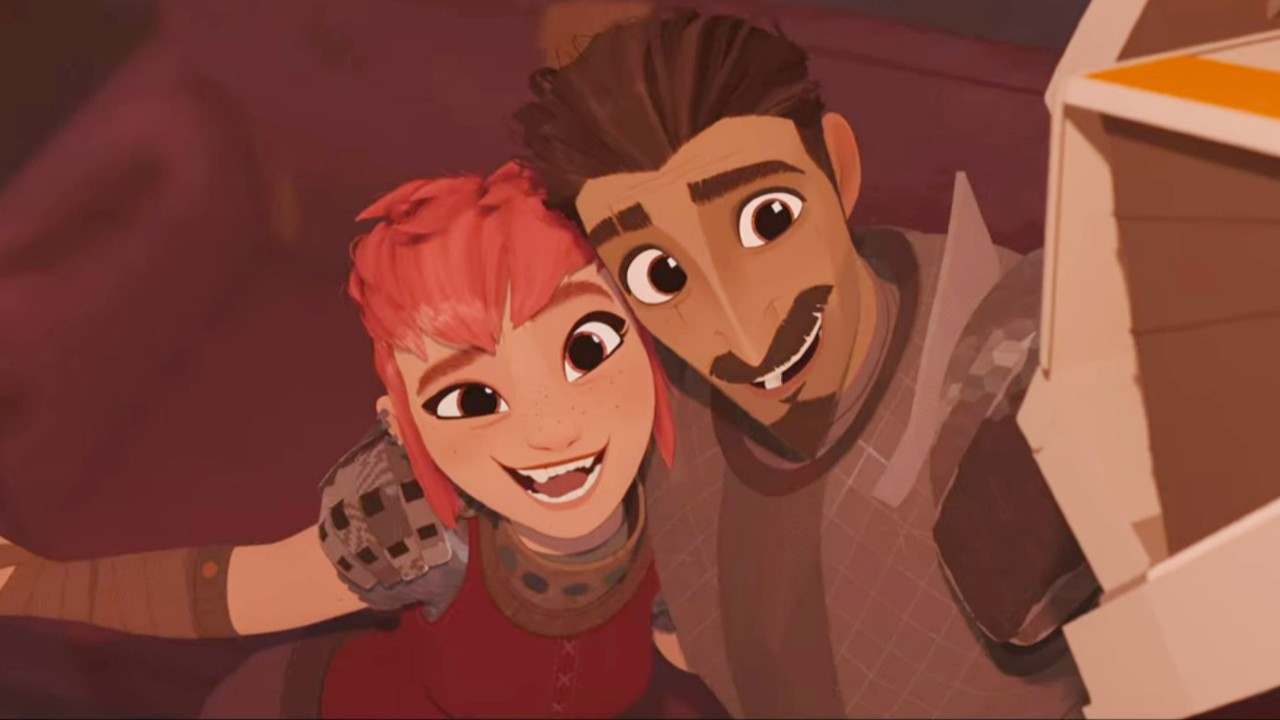
The Film's Timeline Changes Make Nimona And Ballister's Bond Stronger
In Nimona by ND Stevenson, Ballister (Riz Ahmed in the film) and Nimona (Chloe Grace Moretz) meet after he has already become an infamous villain. That happens in the adaptation, but it’s right after it happens. The graphic novel establishes that Ballister has been known as a villain for a while, but in the movie, he fights this label and tries to prove his innocence.
In the book version, Ballister has long accepted this label, but because he and Nimona meet so early in his not-so-villainish career in the film, they grow together. Ballister is just discovering the corruption of the kingdom, and Nimona is discovering that she can trust people. This makes the adaptation a great coming-of-age movie for both of the main characters, because they learn that the world can become less dark with someone who brings you happiness. The film creates their relationship as one of mutual learning, which happens in the graphic novel as well, but this element feels more prominent in the movie.
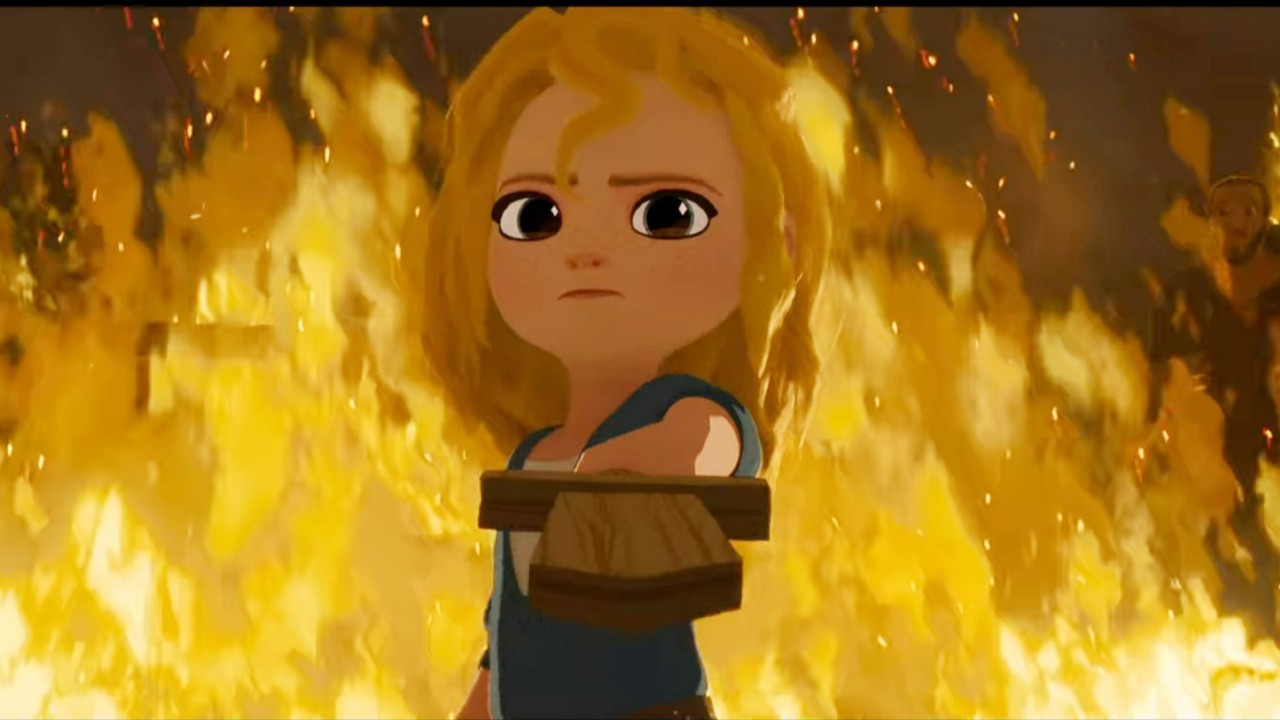
Nimona’s Backstory Is Even More Tragic
Nimona’s origin story is tragic in both versions, but the Netflix film is a little sadder. In the graphic novel, her family abandons her and she becomes a victim of being experimented on. In the movie, she searches for a long time for some other creature to accept her. Then she finds that someone in Gloreth, but she abandons her after the village discovers her true identity.
Gloreth then makes it her mission to destroy things like Nimona. Each version of this story shows humans being cruel towards those who are different. However, the adaptation allows you to experience Nimona’s heartbreak on a grander scale. You see the devastation in losing someone who finally shows her kindness. ND Stevenson told Polygon that the Nimona/Gloreth backstory was something that he thought about when creating the original comic.
The Gloreth addition to the story really drives home Nimona’s tragic life, and why Ballister and her find kinship with one another.
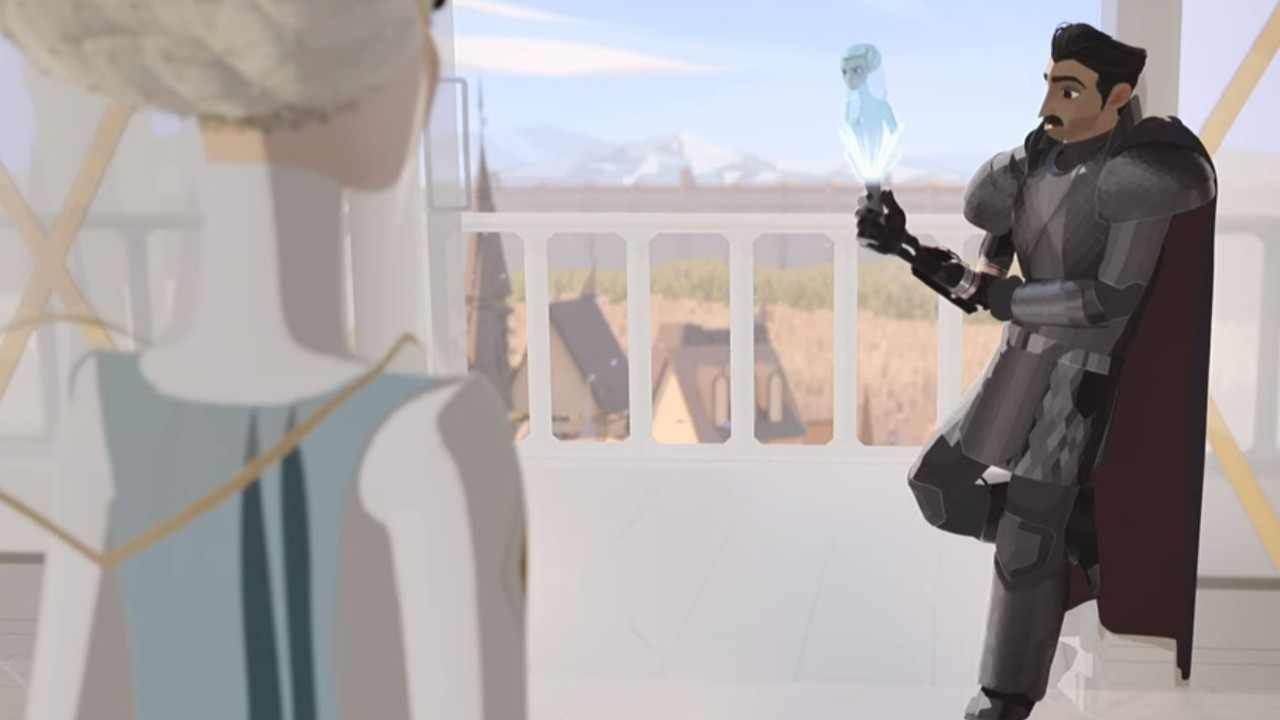
The Changes Help Emphasize The Story’s Major Themes
The themes of otherness, abandonment, and discrimination are all topics and themes in the Nimona adaptation and the novel. However, the film adds some more topics that aren’t as present in the original, such as classism. The Director’s (Frances Conroy) fear of the changing system is what causes her to frame Ballister and turn him into a villain.
Basically, she doesn’t want poor people to be able to rise from their ranks. If Ballister is allowed to become a knight, then others like him might as well. This type of prejudice may be in the book but it’s definitely not as obvious as it is in the movie. Because the adaptation is a lot more of a family-friendly movie than the novel, It really tries to showcase to younger viewers the unfairness of judging others who don’t fit into what society deems normal.
The graphic novel is a little more subtle with the messaging and themes.
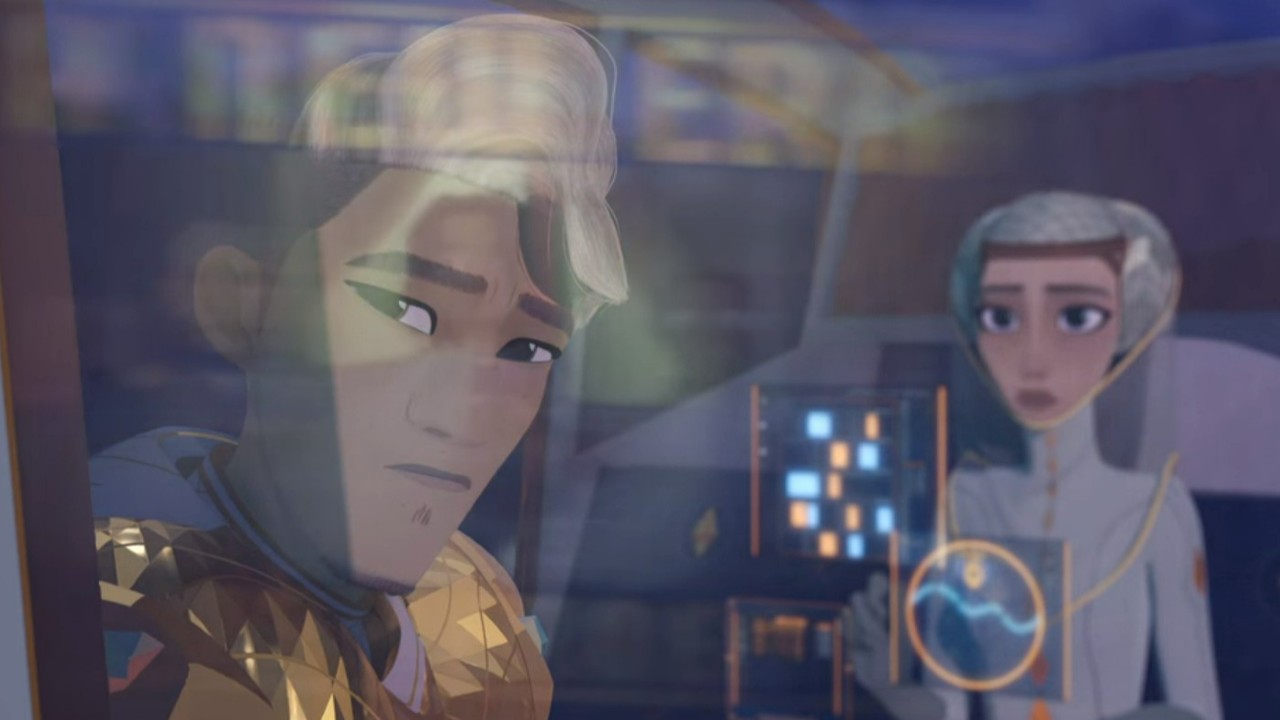
The Netflix Movie Helps Ground This Story’s World
The graphic novel almost feels like it's set in medieval times or in an Arthurian movie or TV show. However, Ballister also makes video calls, and video games are mentioned, therefore, it’s not quite clear what period in time this story is set. If anything, it seems to exist in a sort of alternate universe that may be the present but still has a sort-of caste system.
The movie very much grounds the story in a sort-of futuristic world. It blends great fantasy movie elements and great sci-fi movie aspects. So, it feels more futuristic and less medieval. Those futuristic elements work well for this type of animated movie because it adds to the fun storytelling style.
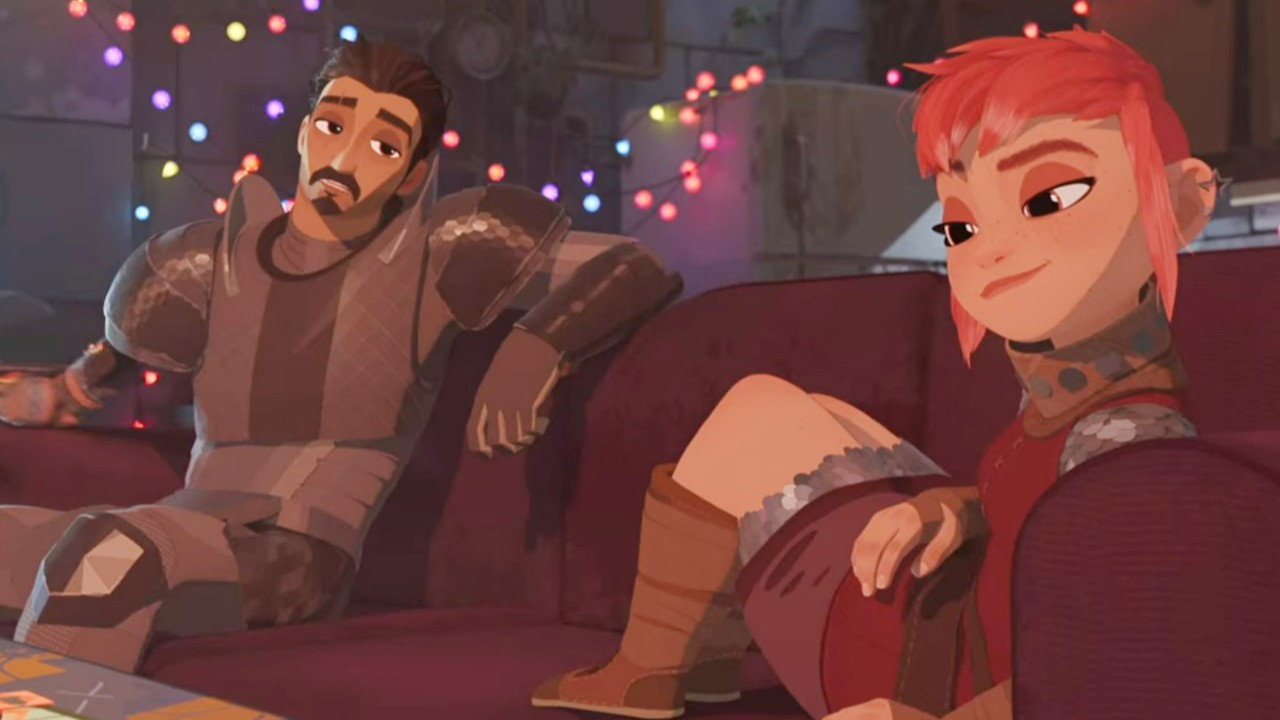
There Are So Many Changes That It Feels Like A New Story
I really like the graphic novel and the movie. It’s a book-to-movie adaptation that works because it's so different. It allows the viewers and readers to have different experiences with both. The bones are the same but the execution and how things happen are really different. I watched the film expecting some differences but not as many as there are.
However, unlike some adaptations where the changes actually cause the movie to lose sight of the story and focus on elements that aren’t important or completely change the tone, Nimona does none of that. It’s different, but in a way that feels true to ND Stevenson’s original creation. The differences also enhance the movie to make it a more enjoyable experience.
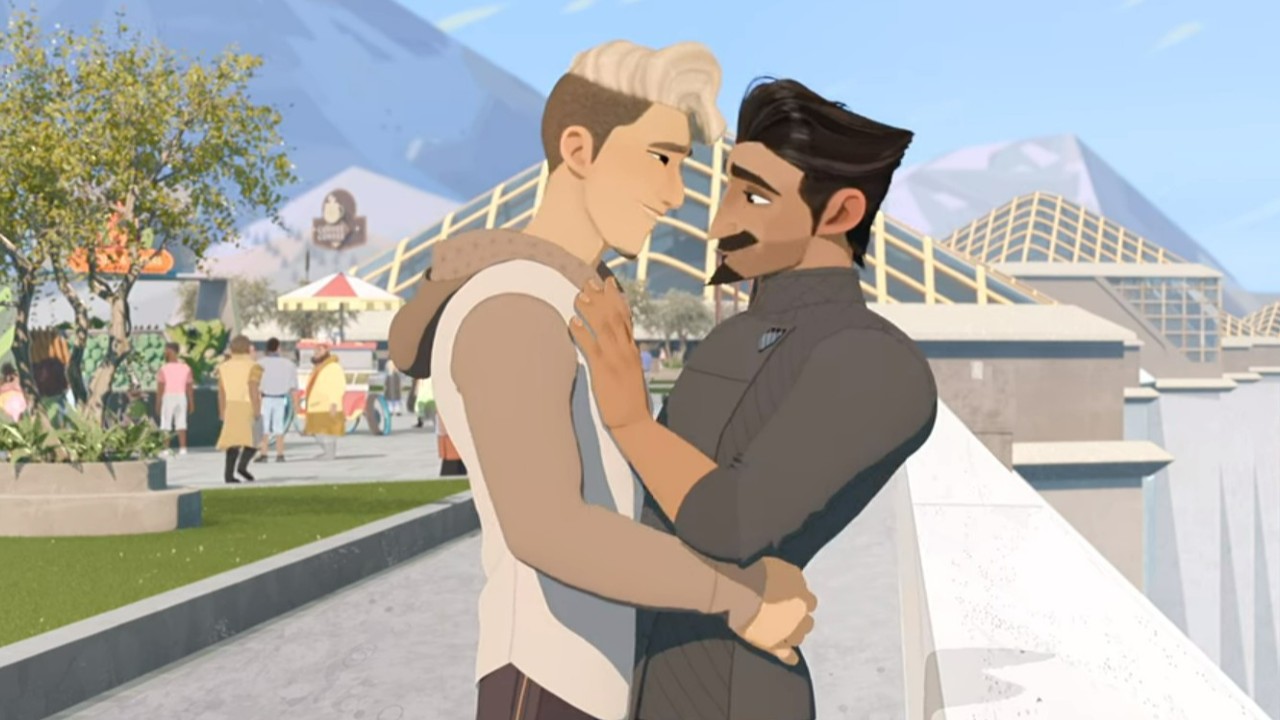
Ballister And Ambrosius’s Romance Is Even More Important To The Story
The first few interactions between Ballister and Ambrosius in the graphic novel don’t clearly define their relationship. Are they just best friends who ended up nemesis? Or are they ex-boyfriends who ended up nemesis? It’s the latter, but their closeness and relationship don’t immediately get revealed to the readers.
In the movie, you know from the opening scenes that they’re dating and in love. I think this was a welcomed change because it helped showcase their relationship and love story more. It also helped show why their strained relationship hurt both of them. Additionally, the movie makes Ambrosius’s betrayal less of a betrayal and more him acting on impulse. In the book, what happened is revealed to be an accident, but Ambrosius isn’t free of blame in the incident. The movie, in many ways, puts less burden on Ambrosius for his involvement in Ballister losing his arm.
The film is a great animated addition to Netflix’s already impressive LGBTQ+ content.
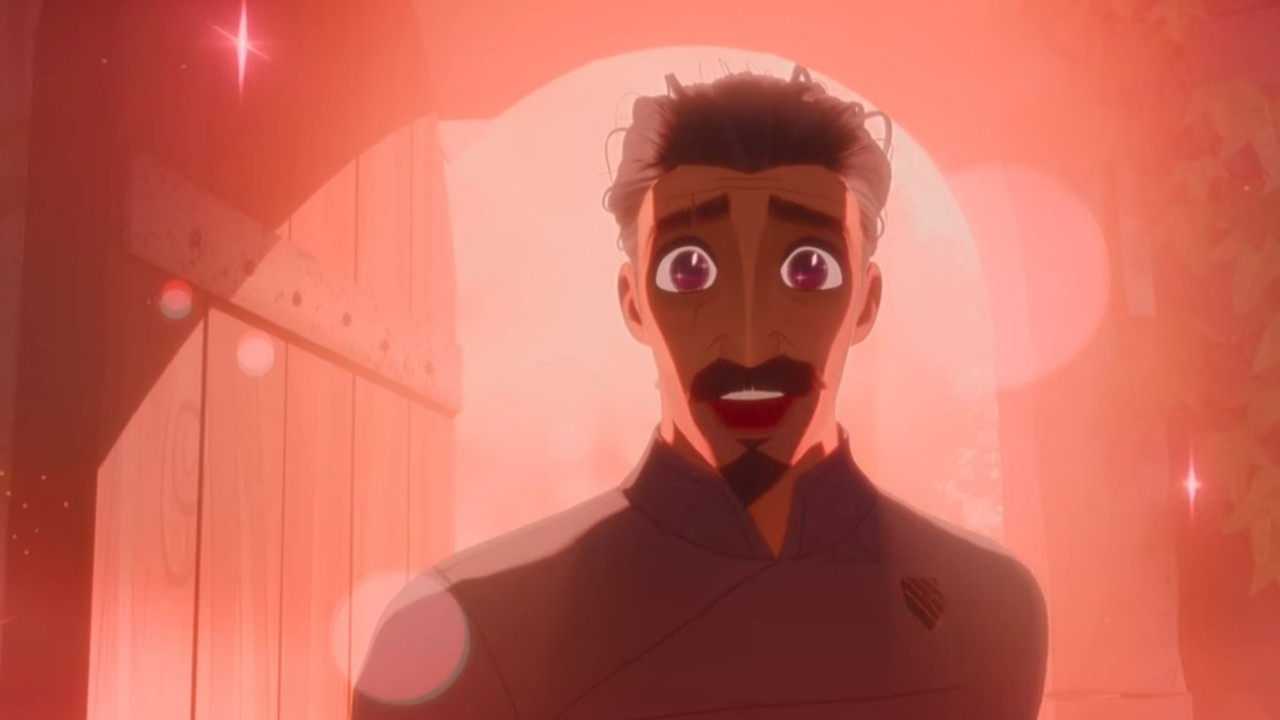
The Ending Reunites Nimona And Ballister, Which Is A Slightly More Satisfying Ending Than In The Graphic Novel
The graphic novel ends with Nimona seemingly dead. However, she has one last encounter with Ballister before heading back to the shadows. The epilogue mentions them not reuniting, but how he still looks for her in anyone he encounters. In the movie, Ballister doesn’t know if Nimona is really gone but then he hears her in their old lair.
This ending makes it possible for them to team up again, maybe in another movie or even just in our imaginations. The graphic novel also allows that, but it’s more ambiguous and a little more somber, because she goes back into hiding. The movie makes her a hero and she's no longer seen as a monster, but in the original, Ballister is now a hero, but she is still feared.
The movie offers a more happily-ever-after style ending than the graphic novel, but sometimes you need that type of resolution.
Nimona is currently available to stream, and it’s one of the best movies to watch on Netflix right now.







